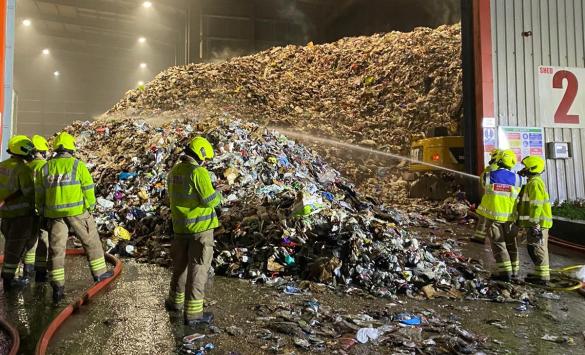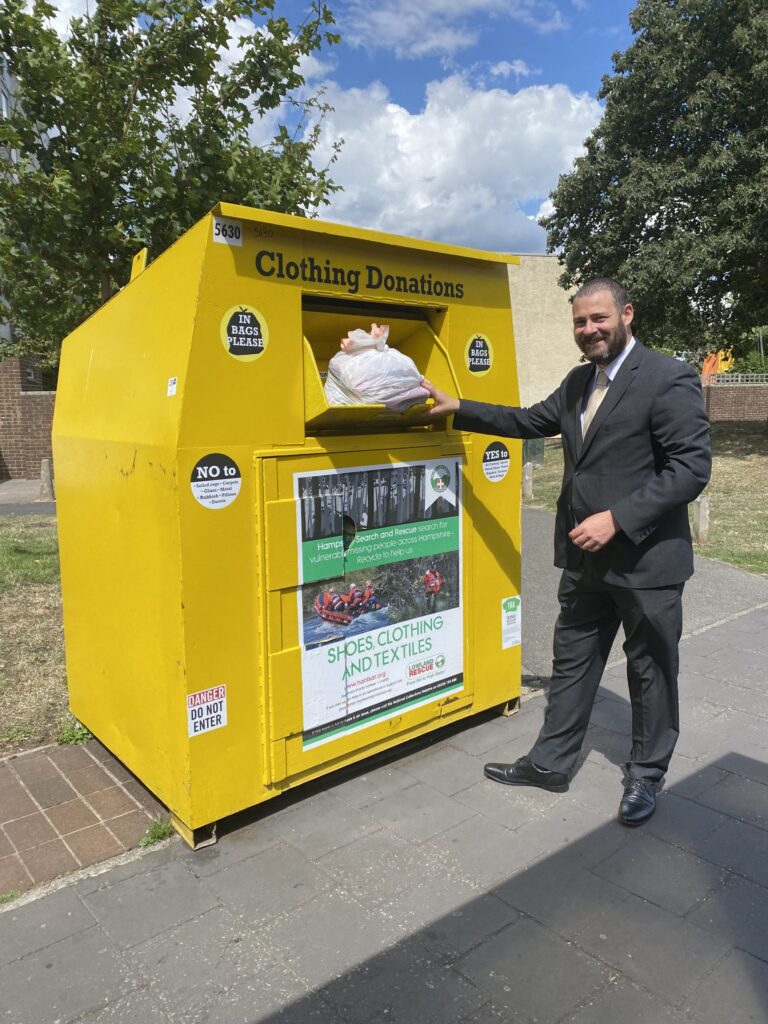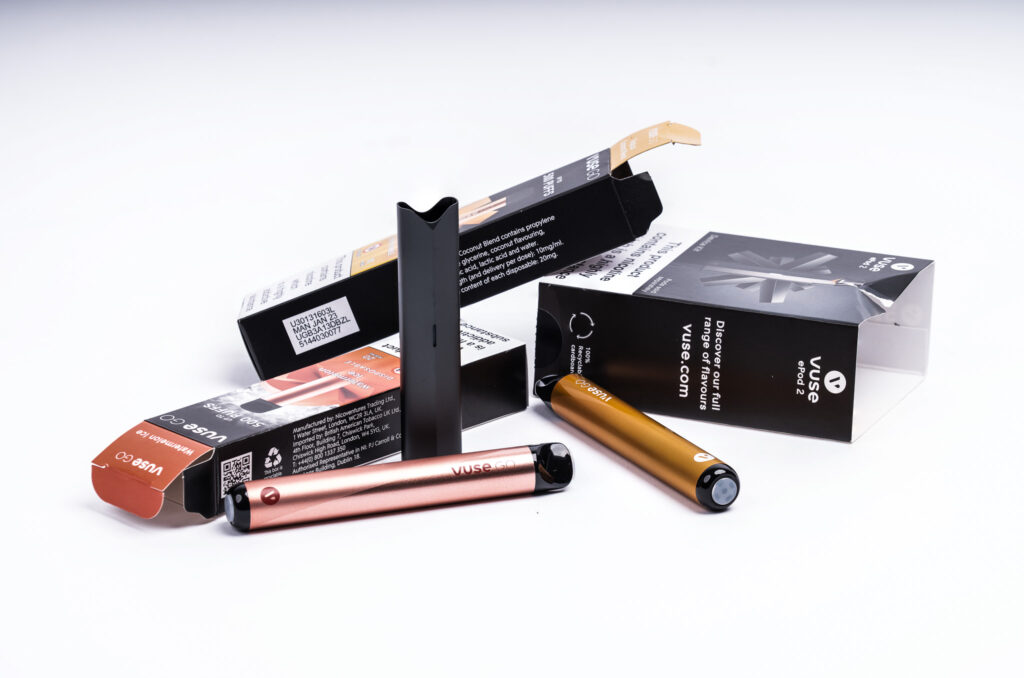Dirk Hazell, ESA chief executive, said: “ESA has consistently urged the Government to contain the foot and mouth emergency on a basis that minimises adverse environmental impact and is safe for human health. We welcome the Government's initiative in issuing public health guidance.”
Mr Hazell continued: “We wholly agree with the Government, the Environment Agency and Friends of the Earth that the UK's regulated commercial landfill is a safe repository for Animal Welfare Scheme sheep and pig carcasses. Our members provided necessary capacity within a few hours of being asked by the Government.”
The ESA remains unpersuaded that landfill is the best disposal route for cattle. It argues there is risk of the BSE prion being present in cattle aged over 30 months and the prion is exceptionally difficult to kill. It reasons that although the Government has taken emergency powers to require comapnies to take cattle to landfill, from a waste management perspective it would have been preferable to slow the waste stream by vaccinating vulnerable cattle.
Risk assessment
Mr Hazell emphasised: “The Government has not discussed with ESA how to manage the prion in landfill conditions or shared its risk assessment data with us and our advice to Members continues to be not to accept cattle at landfill.
“The Government's advice is that high temperature incineration kills the BSE prion. We share reservations expressed by others about cattle pyres which release far more dioxins in a week than does the UK's incineration industry in a year and burn at lower temperatures. We are inviting the government to explain to us why petroleum jelly (civilian napalm which contains no aluminium) is not being used in place of pyres for disposal of cattle.
“While no open air environment can equal the safety of controlled incineration in our members' strictly regulated facilities, two separate preliminary independent reports commissioned by ESA suggest that petroleum jelly burns cleaner, hotter and about 36 times faster than the pyres. Petroleum jelly would also enable incineration to take place on sites where carcasses are currently rotting, further reducing risk of virus transmission through transport by non-specialists.”











Subscribe for free